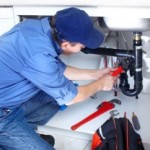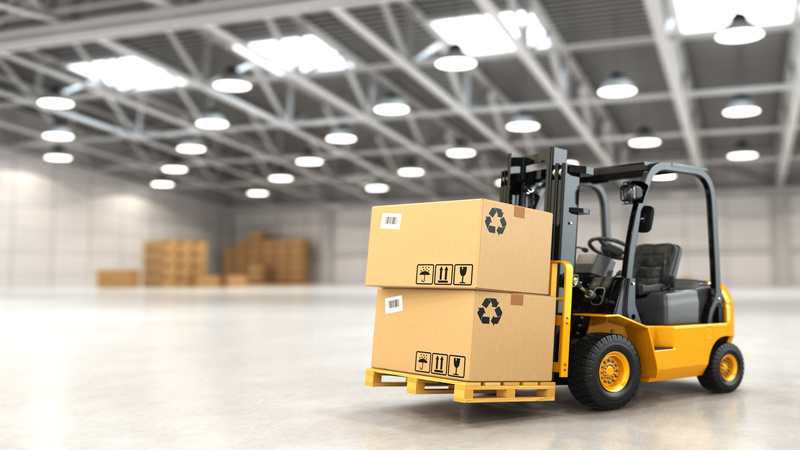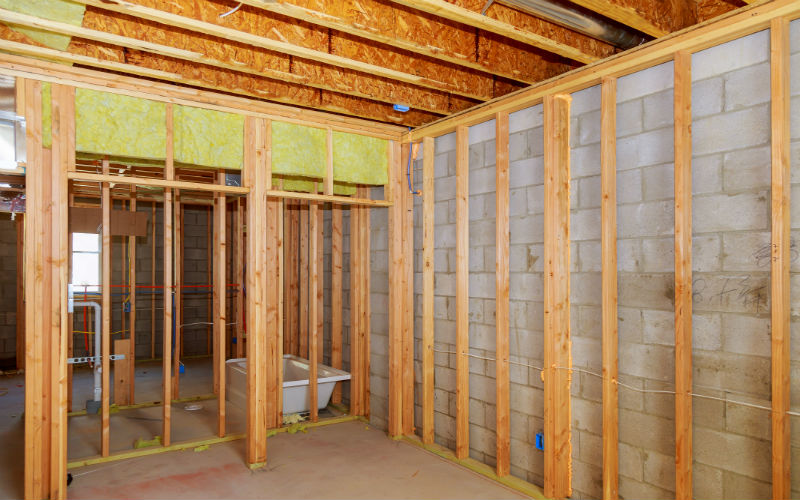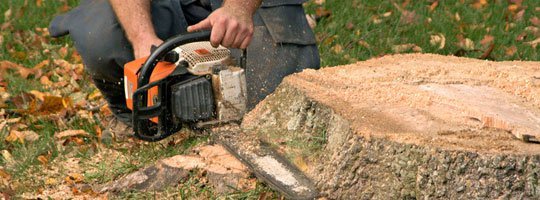Extended bonnets or stem valves are used to refer to low-temperature valves such as emergency shut-off valves, low-temperature check valves, low-temperature emergency shut-off valves, NG-specific cryogenic valves, and LNG-specific cryogenic valves. These valves are chiefly used in chemical plants, for instance, with 300,000 tons of liquefied natural gas and ethylene. Low-temperature liquids like liquid oxygen, liquid ethylene, liquefied petroleum products, liquefied natural gas, and liquid hydrogen are explosive, flammable, and vaporize when heater.
Therefore, the cryogenic valves use extended bonnets to keep the temperatures at -40°C ~ -196°C.
What Is The Relevance Of Using Extended Bonnets?
1. To Protect The Box
The extended stem valves and bonnets are specified to protect the stuffing box of the low-temperature valve. This is due to the sealing function of the box being one of the reasons for having a cryogenic valve.
If there is leakage in the packing box, the cooling effect will be reduced, thus causing vaporization of the liquefied gas. In the cooling state, when temperatures go down, the elasticity of the filler slowly disappears to decrease leakage preventing performance.
The filler and steam leakages are caused by the medium leakages that impact the optimal operation of the valve stem and cause it to move up and down. If the filler is further scratched, it can cause further leakages. The temperature of the filler crucible must be kept above 8°C.
2. Winding Of The Cold-Preserving Material
The extended stem valves and bonnets allow the winding of the cold-preserving material to stop the loss of cold energy resulting from low-temperature valves.
3. For Rapid Valve Replacements
The low-temperature valve has a long neck structure that rapidly replaces the main valve components through the cover. Considering the col section of this equipment is generally stored in the “cold box,” the extended bonnet can pass through the “cold box” wall.
It is crucial that the main valve parts be replaced through the valve cover and not when the body is removed. The valve body should be welded onto the pipe to prevent leakage from the cold box.








